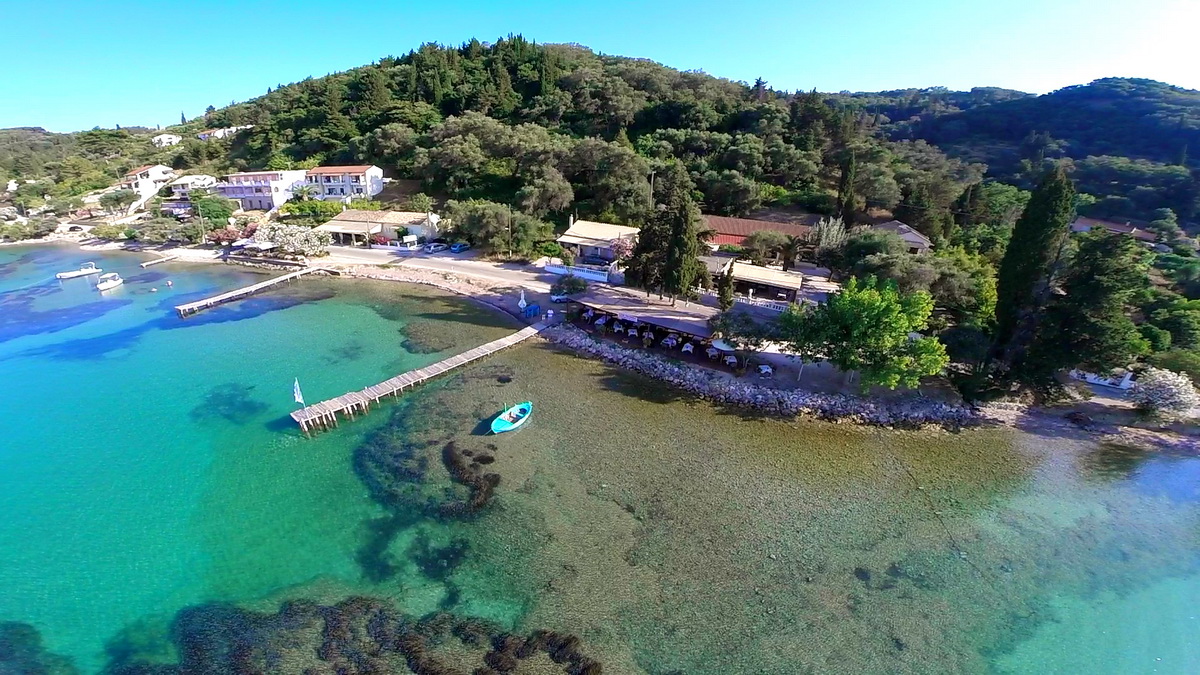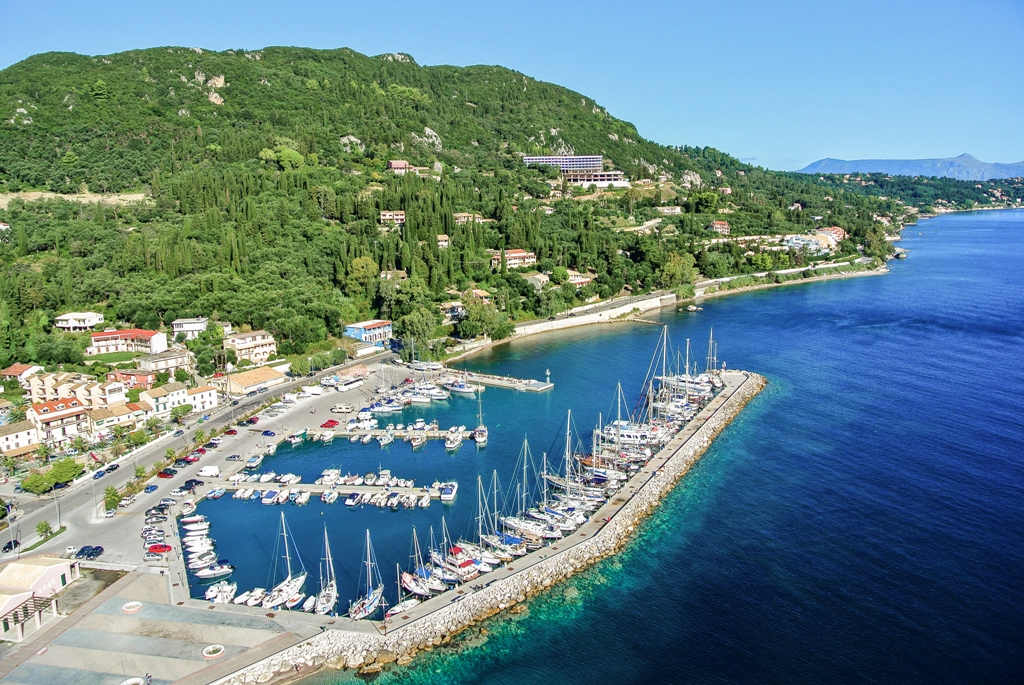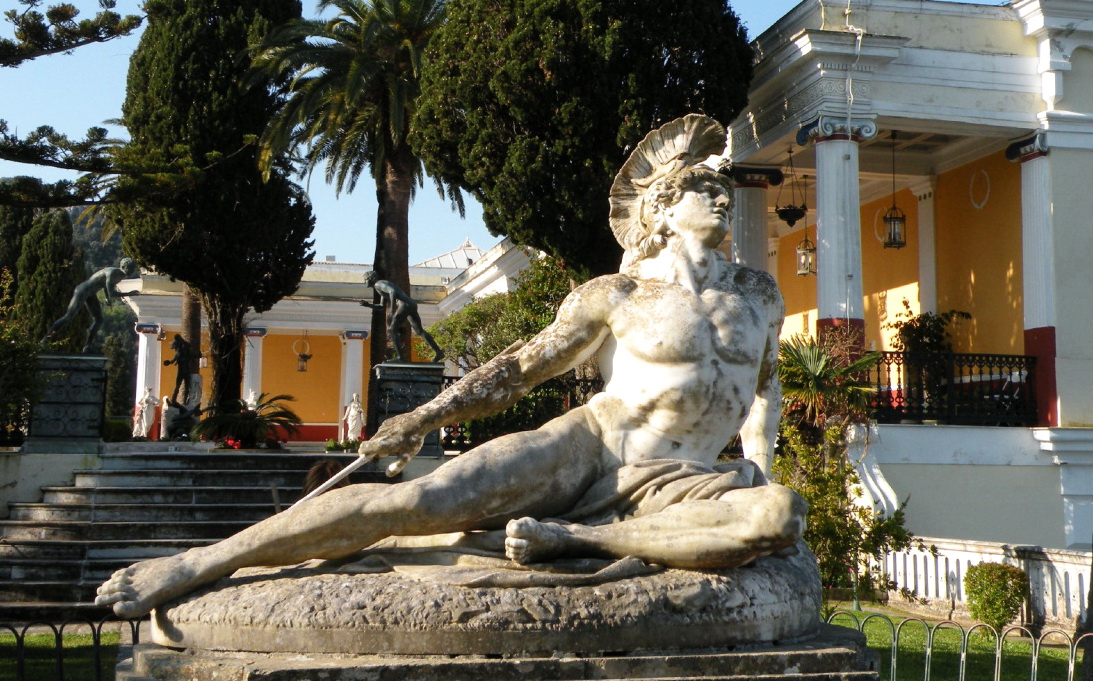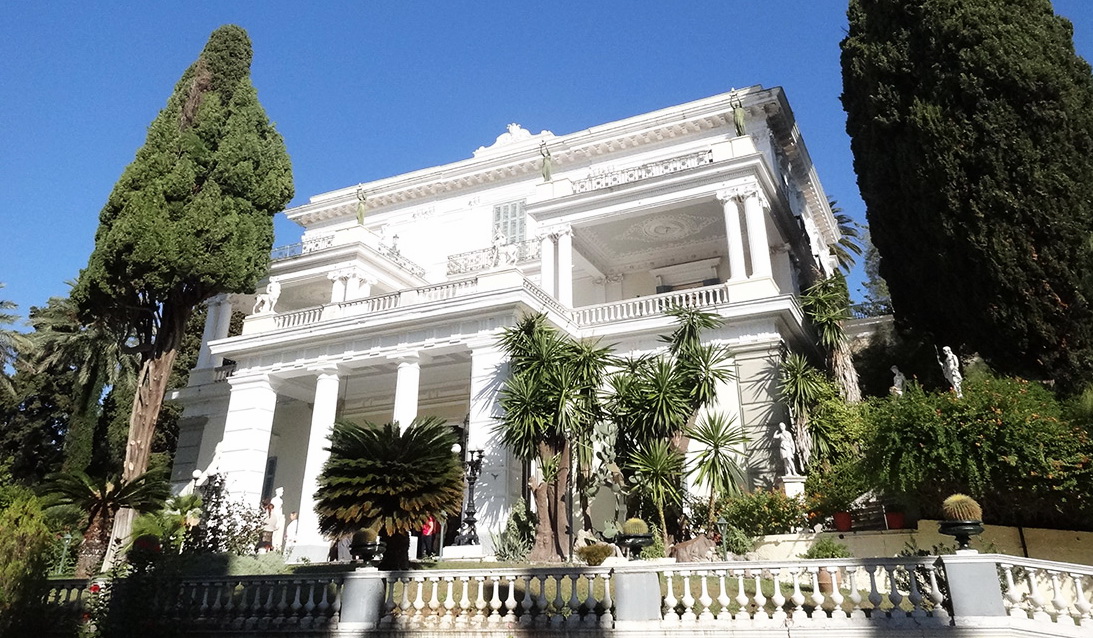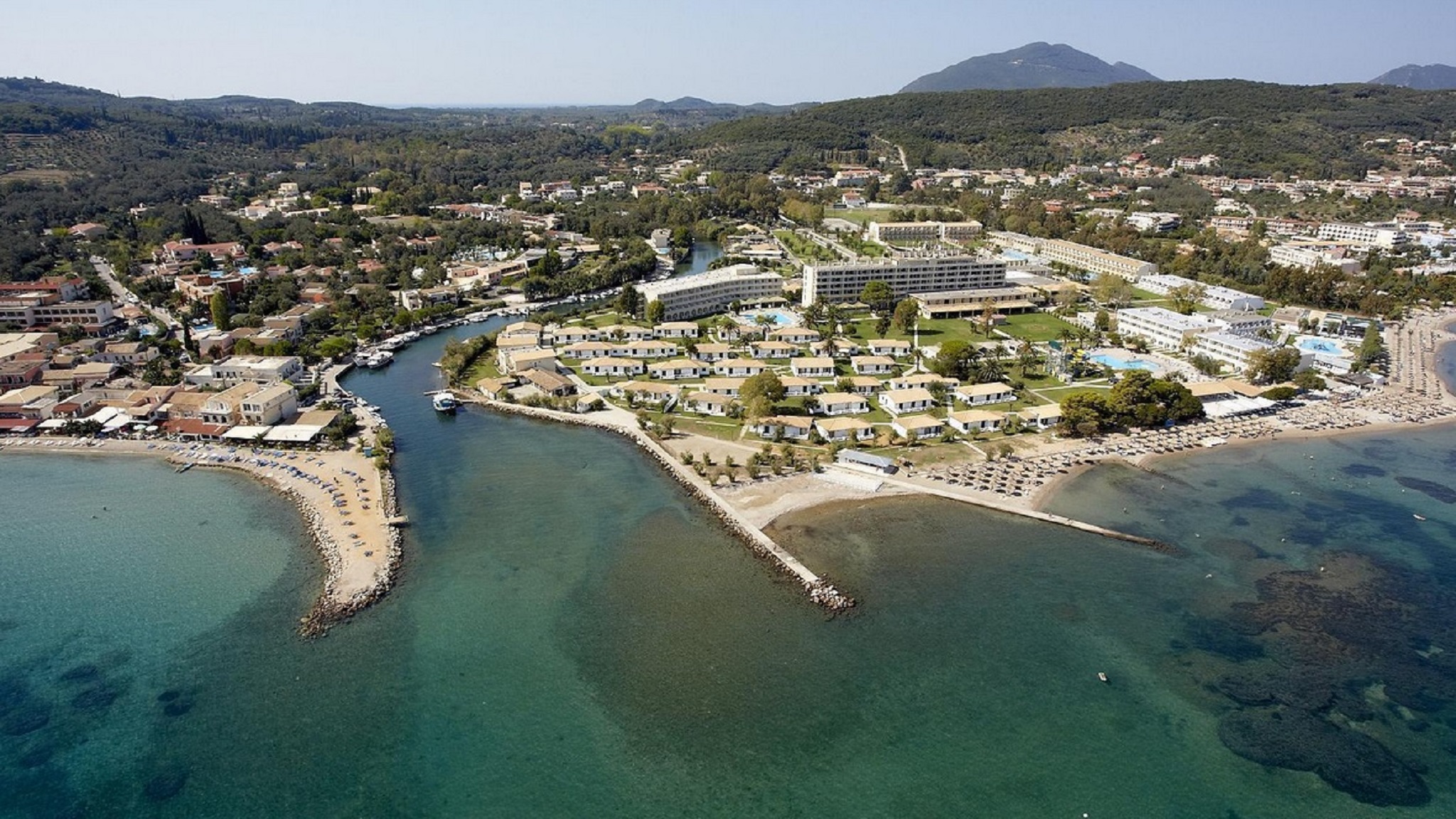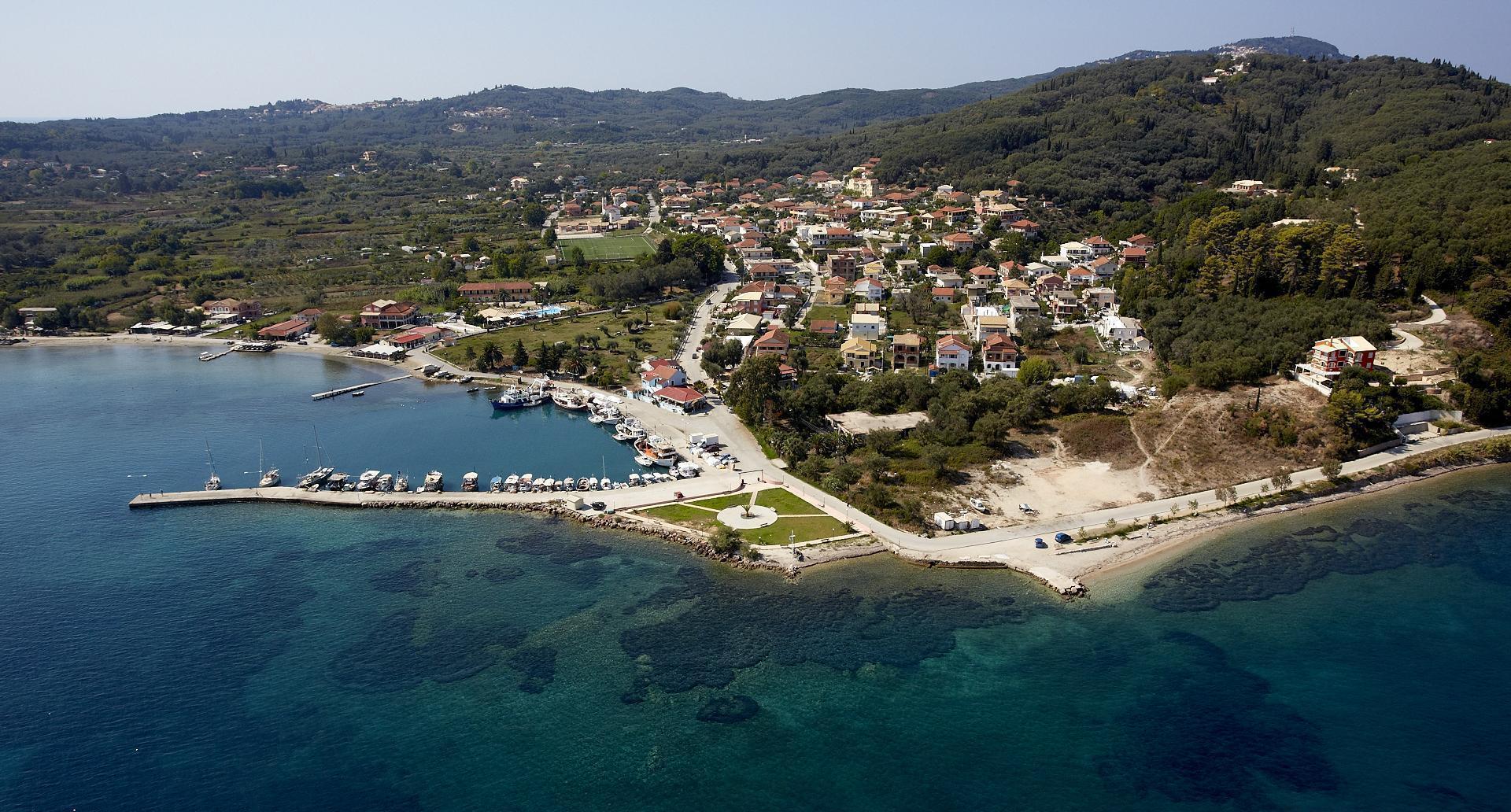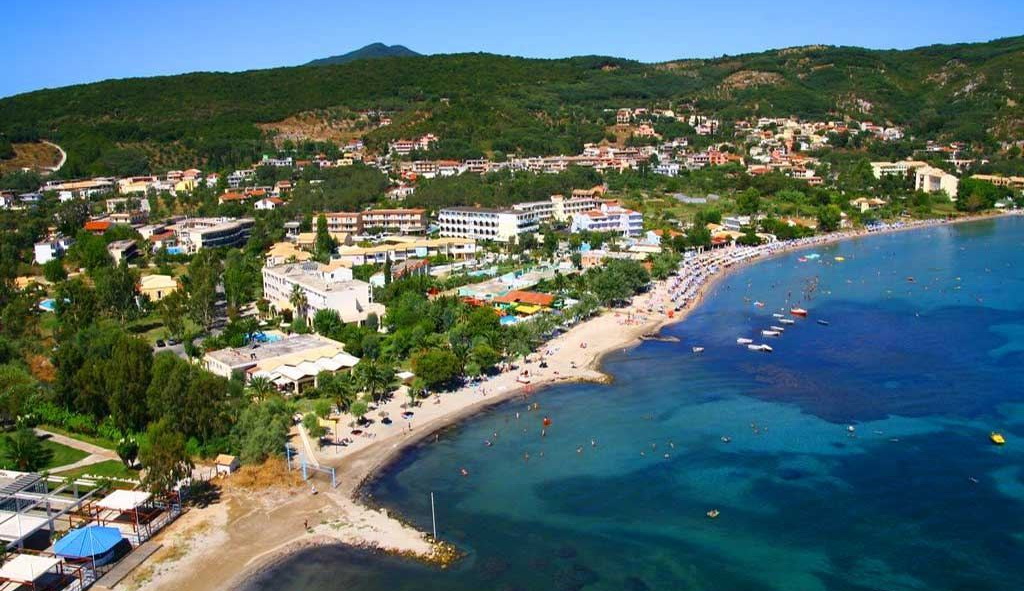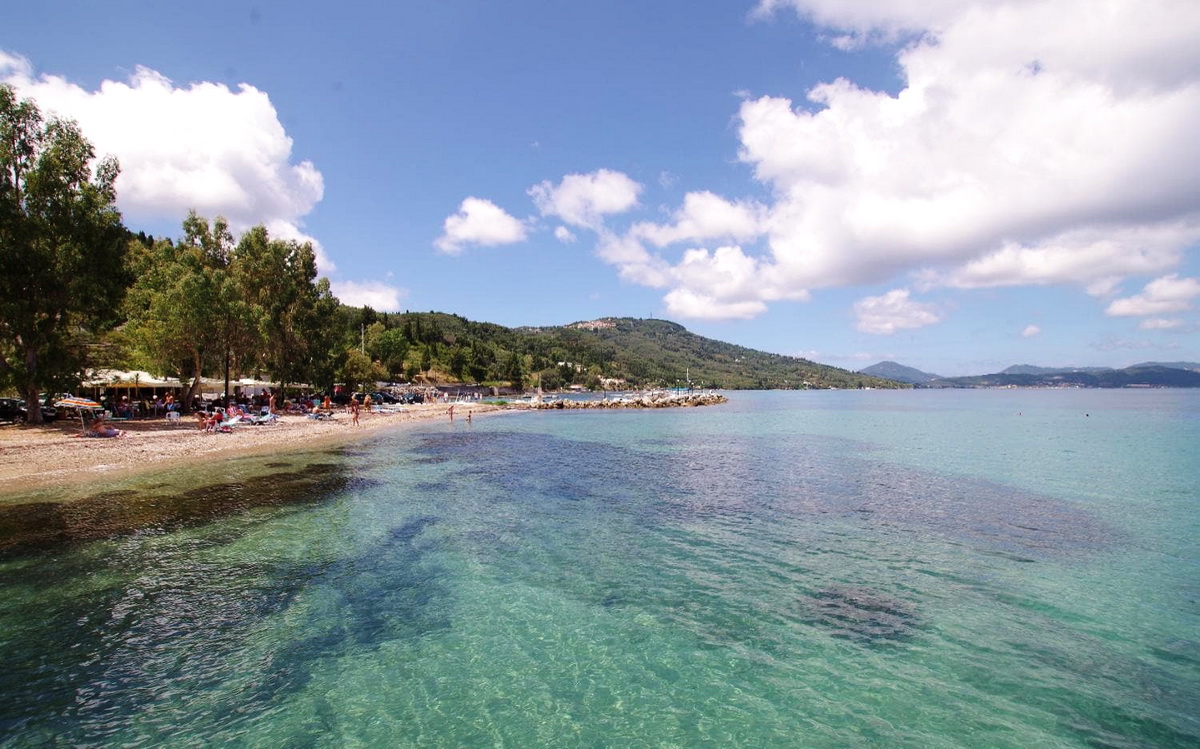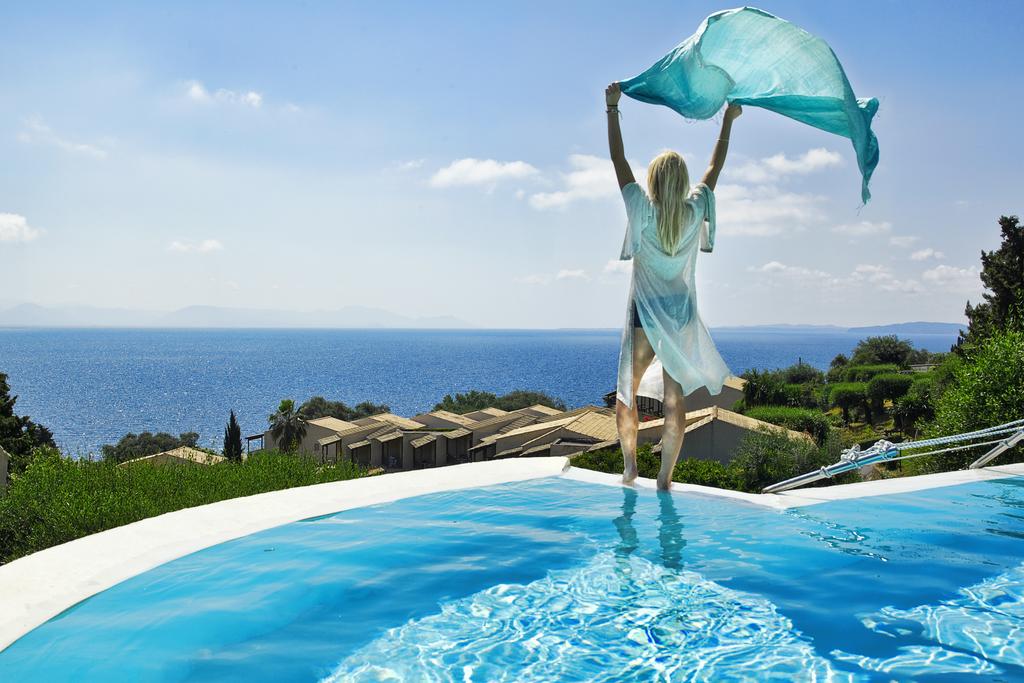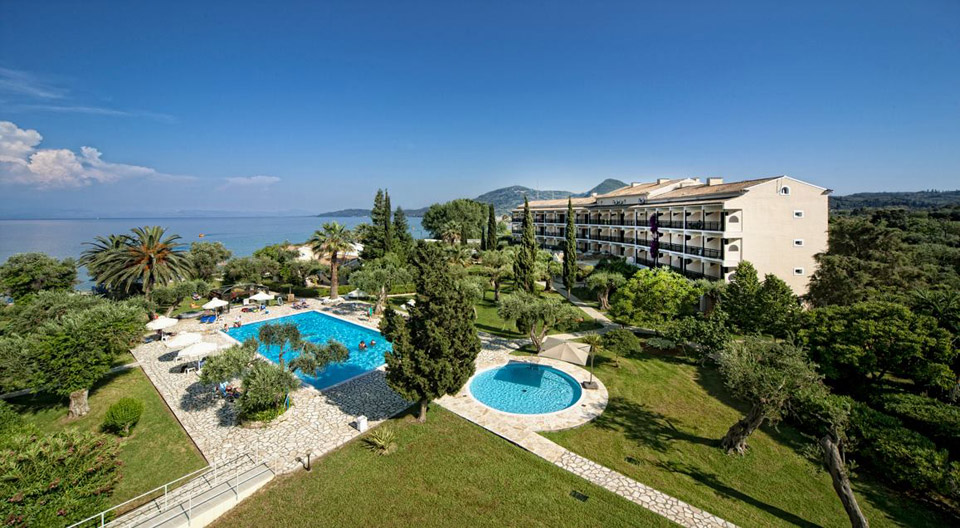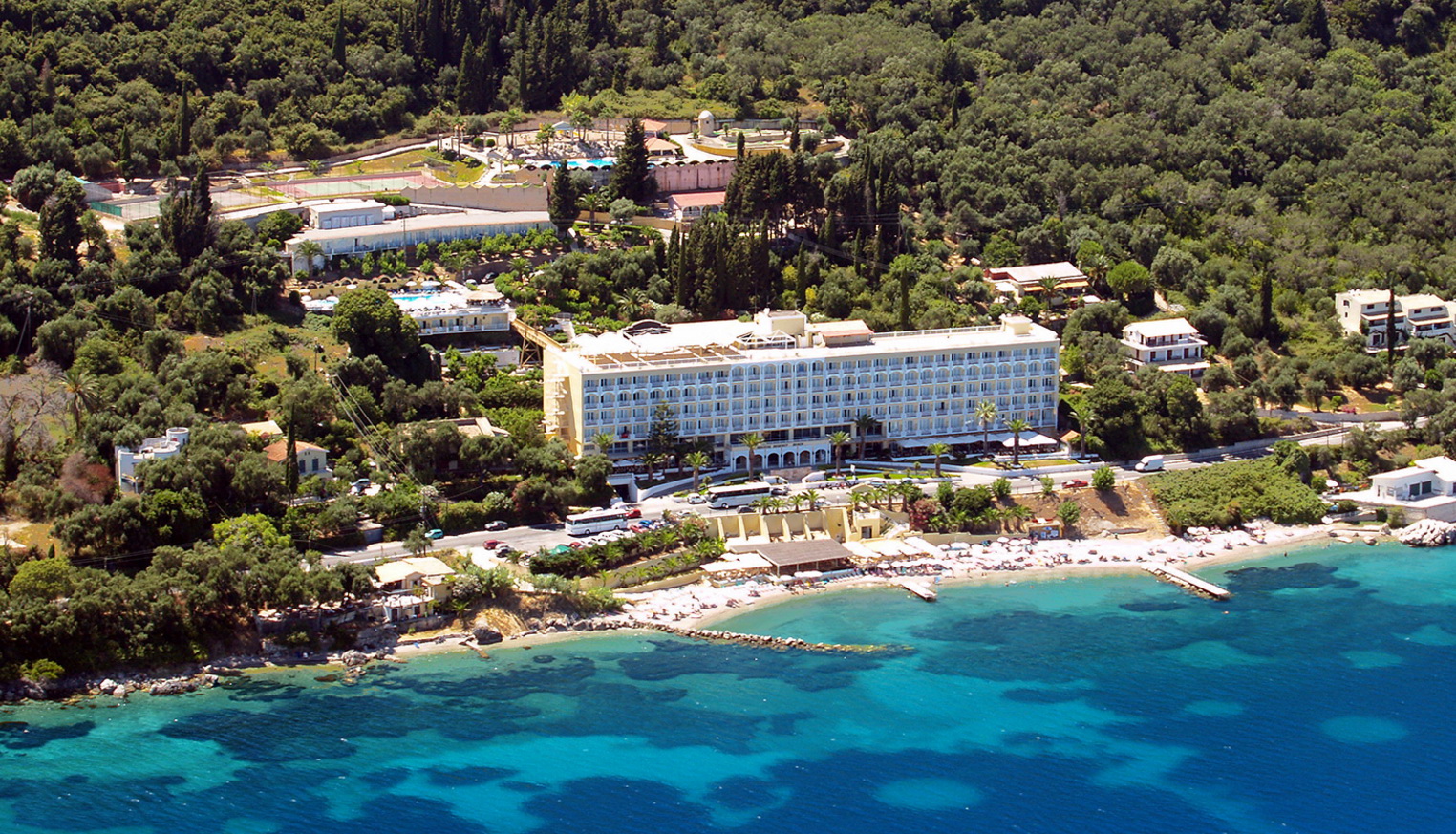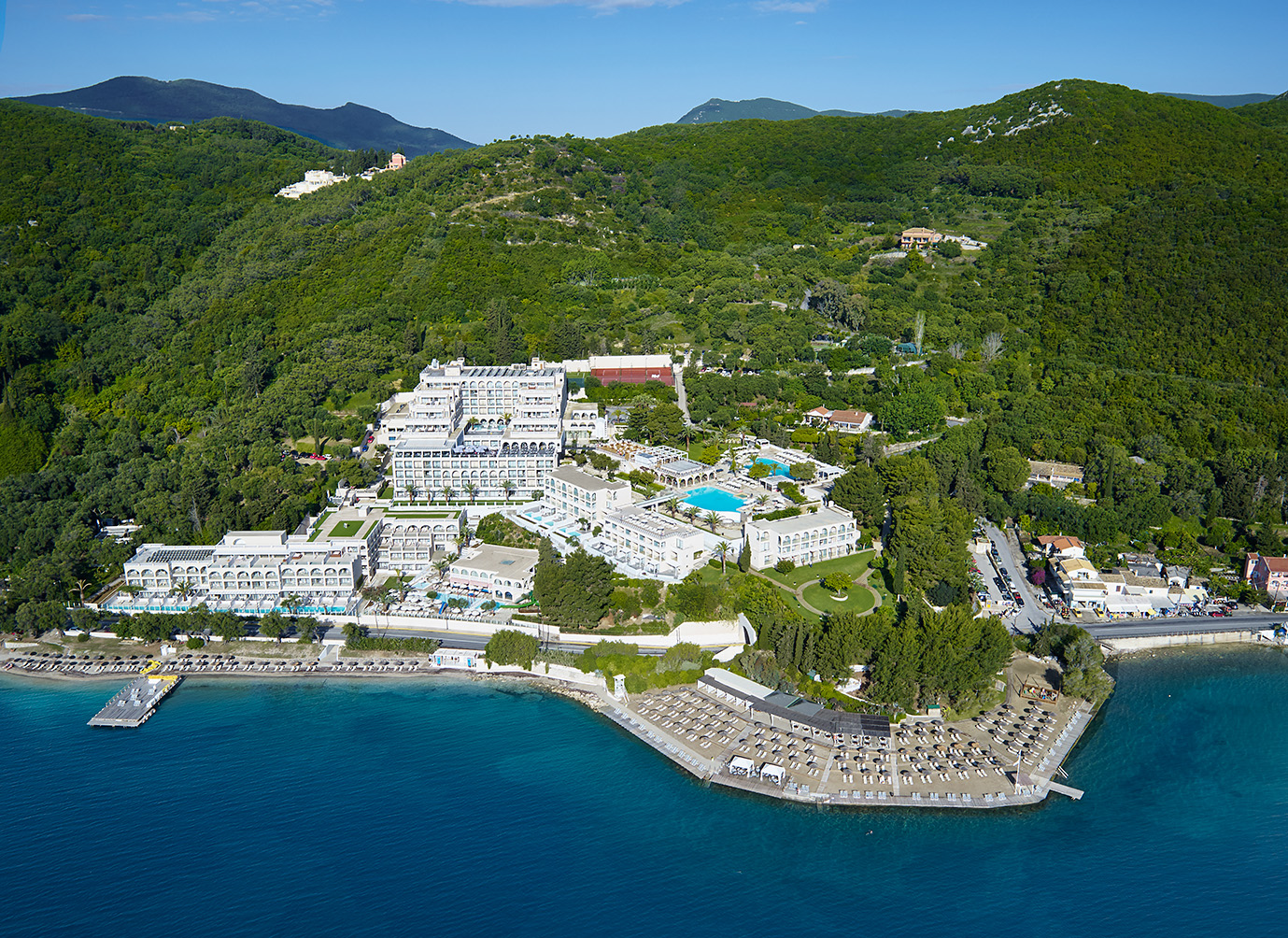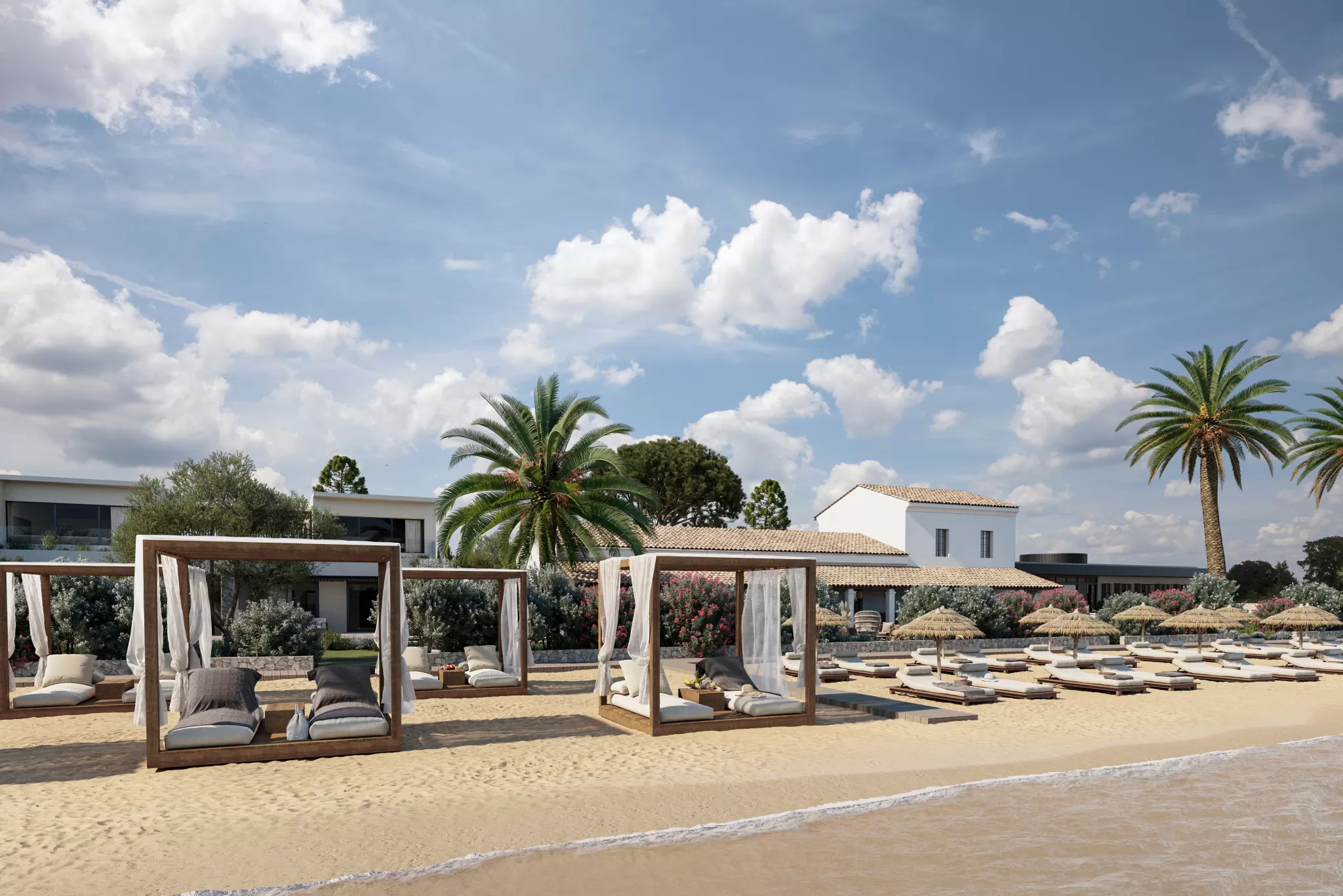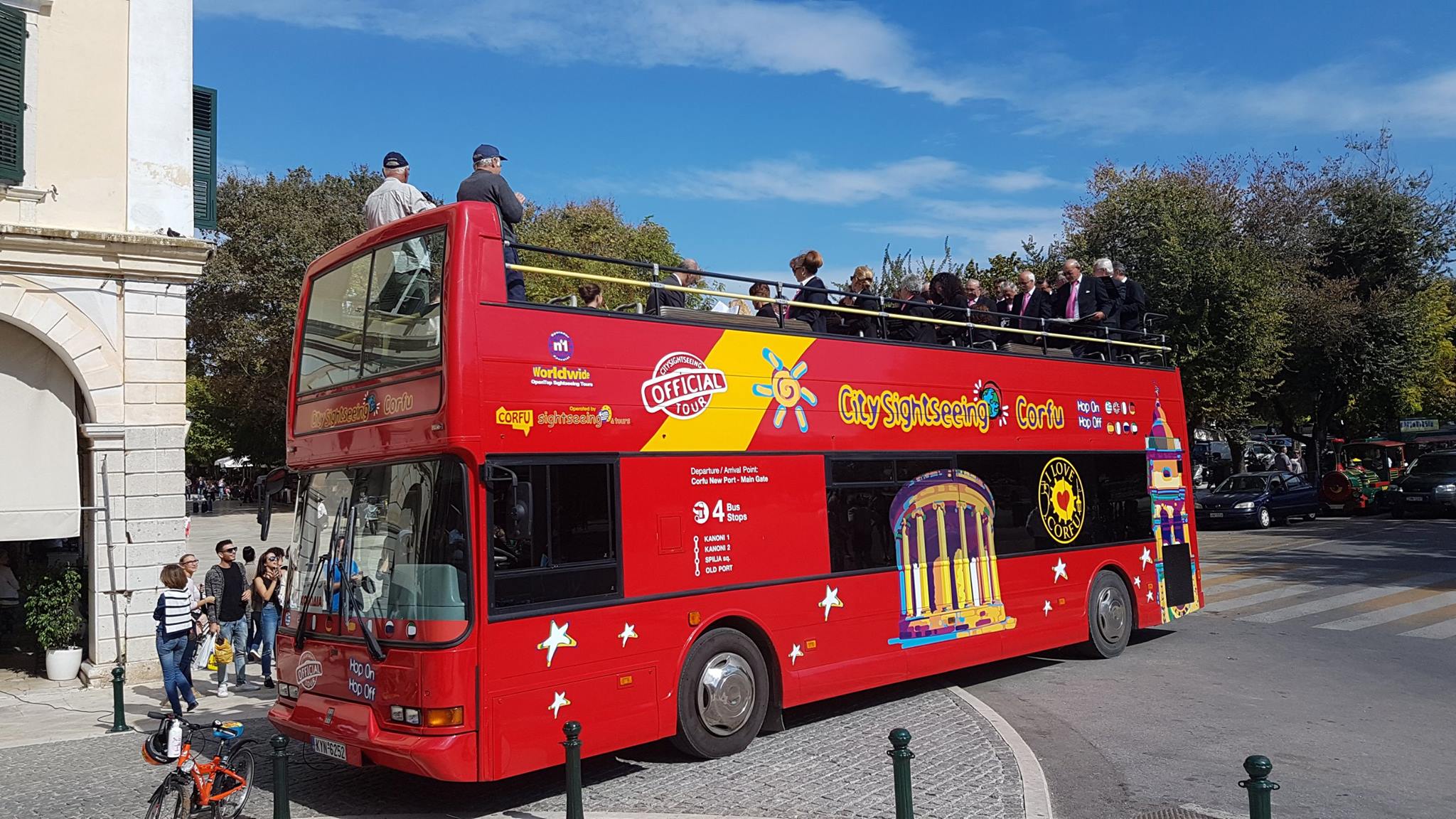South-East Corfu
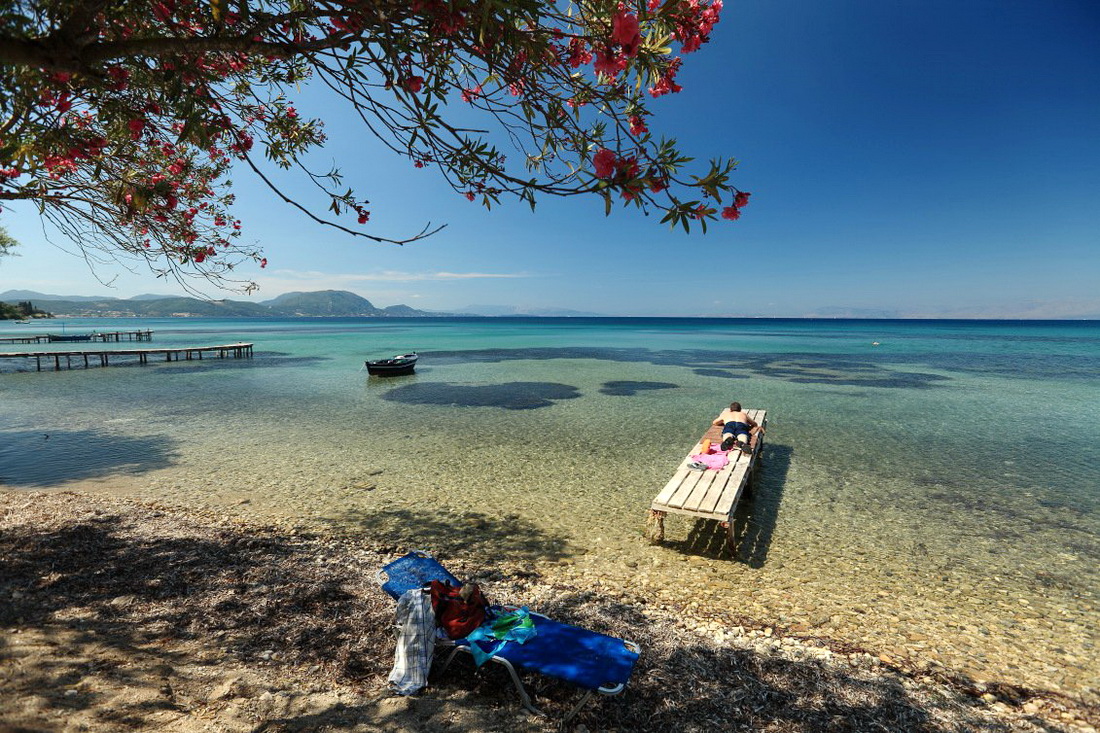
PERAMA – BENITSES – MESSONGHI – MORAITIKA – PETRITI – BUKARI – ETC.
Benitses: an old fishing-village, with obvious sign of tourist development eight kilometers north of Moraitika. Between these two villages there are two fine beaches, Agios Ioannis Peristeron and Tzaki. After Benitses, the remains of the Kaiser’s Bridge can be seen, jutting out into the water. The bridge was built during the time of Kaiser Wilhelm II to allow him easy access from the Achilleion Palace to the sea.
Perama: seven kilometers from Corfu Town, has several hotels and rooms for rent, making it a good choice for those who wish to stay near the town. Perama overlooks Mouse Island (Pontikonissi) and is linked with Vlacherna and Kanoni by a causeway.
Kinopiastes: has narrow streets and a spring with drinking water of excellent quality. The Municipality of Achilleion has recently renovated some of its old quarters, and thus offers the visitor ‘a walk through the centuries’.
Messonghi: twenty-two kilometers from town, it is a small village built on a rise on the east coast of Corfu. The main road to Lefkimmi passes through here, and, in Perama, northwards, this road runs along the coast, separated from the sea only by a narrow strip of sandy beaches and rock. At every point, you will find beaches with warm water, ideal for bathing, and plenty of tourist services. As far back as Roman times, and still today, this coastline has been the first choice of the summer holidaymaker. Messonghi Beach itself is divided by the Messonghi River, which flows into the sea at this point.
Moraitika: was first inhabited in the 16th century by refugees from the Peloponnese. The remains of a Roman villa have been found in the area, and the center of the old village is very picturesque.
Petriti: in ancient times called Egripos, it is a seaside village with fish taverns, a view towards the mainland, and a rich history. It belonged to the Byzantine landowner of the region, Petriti or Petretino, who granted the village to the Palatianos family, probably as a dowry. A Byzantine tower belonging to this family remains intact. The foundations of a brick-built structure five meters in diameter, dating from Roman times, were probably those of a grain store or a cistern.
Boukari: also, a seaside village with taverns right on the water’s edge, located just north of Petriti. Archaeological studies mention the existence of a Neolithic settlement here.
Gastouri: has 600 inhabitants and a philharmonic orchestra dating from 1898.It maintains Corfiot traditions both in its architecture and in the daily life of its people. You can still buy bread baked in a wood-fired oven, from the bakery you’ll find on a narrow lane leading off the main street. This lane crosses a ravine full of plane trees, and then ascends to the hamlet of Pachatika.
Achilleion Palace: Situated just outside the village of Gastouri, this building is surely the highlight of the island. Everyone who visits Corfu also visits this site to see the Palace which once belonged to the Empress Elisabeth of Austria, known as Sissi. The Palace was built in 1890 in neo-classical style, and a huge amount of money was squandered on its lavish and overpowering embellishment. Statues depicting the Nine Muses, Shakespeare, Lord Byron and of course Achilles Dying and Achilles Triumphant, adorn the garden to remind us of the lonely Empress. The garden and its view are without doubt magnificent. After the assassination of Elisabeth in 1898 the Palace stood empty until 1907 when it was bought by Kaiser Wilhelm II of Germany, who for a few years occupied it on a seasonal basis. Today, the personal possessions of the former owners are on display in a small museum, and are the focus of the camera lenses of the many visitors.
Agii Deka: is a small village which scrambles up the slopes of the mountain of the same name. The mountain is not particularly high (576 metres), but the view from the summit, which can be reached on foot, is one of the best on the island. The footpath which you should take begins at the north-west corner of the village, and anyone you ask will show you the way. The route takes you first through olive groves, and then up slopes covered with evergreen oak and myrtle, and after around 20 minutes, to a little plateau hidden between the rocky peaks. The Church of Pantokrator (The Almighty) is sited here, and a little further west stands the chapel of the Prophet Elias. There is easy access to the higher north-east peak, with its stunning view.
| Country | South-East corfu |
|---|





